Four Quicks or Triangle Strange Points, how does scientists distinguish it?The answer is here
Author:Astronomy online Time:2022.09.25
The prediction of the former Soviet physicist Lev Langdao decades ago?
How to study strong?
In the 1950s, the former Soviet physicist Lev Landau proposed the assumption of the weird phenomenon of the "Triangle Singularity".
High -energy collisions produce abstract graphs of new particles such as Higgs Boson.
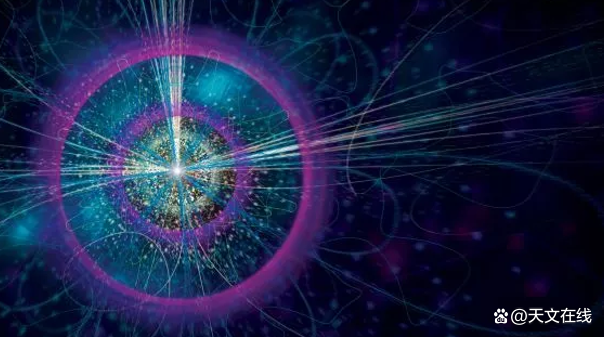
(Source: "All About Space" magazine provided by Getty Images.).)
After screening the old particle accelerator data of the physicist, a phenomenon that has never been seen before is very difficult to capture, which is the so -called triangle strange point.
In the 1950s, the former Soviet physicist Lev Langdo imagined this phenomenon for the first time. Triangle strange point refers to a rare sub -atomic process. In this process, particles will exchange "identity" before flying away from each other.
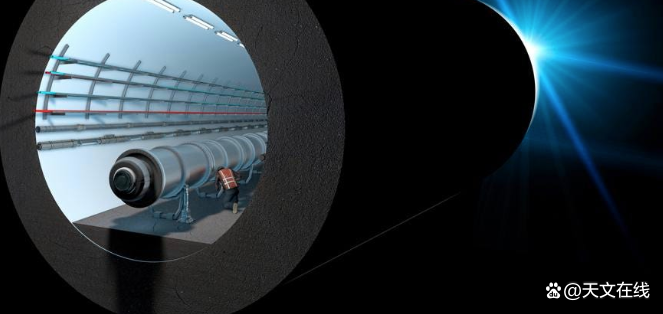
In this case, the two particles called K inter -agency (Kaons) form two points in the triangle, and the particles that are "identity" after the two particles are exchanged for "identity" to form the third point of the triangle.
The co -author of the study, Bernhard Ketzer of Bernehard Ketzer of the University of Bonhhoz, said in a speech: "The particles involved in the process exchanged Quark and exchanged for Quark and Change its 'identity'. "
Because the mathematical methods describing the interaction of sub -atomic particles have failed, it is called a wonder.

If this very weird particle "identity" exchanges really exists, it can help physicists understand the strong force that tied the atomic nucleus together.
Progress of the "compass" experiment
In 2015, physicists who studied particle collisions in the Swiss European Nuclear Research Organization (CERN) believed that they had captured the moment when this particle was briefly set, and called this particle as Tetraquark. However, new research supports a completely different and even more weird explanation: a pair of particles did not form a new collection, but instead exchanged "identity" before flying. This "identity" exchange is called a triangle strange point. Unexpectedly, their test may prove this process for the first time.
CERN's structure and spectrometer (Common Muon and Proton AppaTaatus for Structure and Spectroscopy (Compass, "Pass") experiments have studied strongly. It is very simple to have a strong role (let protons and neutron), but the strength itself is complicated and dizzy. For a period of time, it is difficult for physicists to fully describe the behavior of strong strength in all these interactions.
Therefore, in order to understand the strength, the scientists in the "compass" experiment used the super high energy in the super proton synchronous rotation accelerator (The Super Proton Synchrotron) to crushed the particles gathered together. Subsequently, scientists can observe the results.
The experiment starts with the product first, and the meson is composed of the two basic construction units, Quick and Better Big Quark. Powerful the quarks and anti -quarks in the meson stick together. Unlike other basic natural forces, the farther away the distance, the farther the strength is separated by the quack, but it is stronger (for example, the quark in the medium is like letting the rubber band tie. The gluten, the greater the elasticity).
Subsequently, scientists accelerated the meson to close to the speed of light, and then let it hit the hydrogen atomic nucleus. The impact broke the strength between Quicks, and the energy that suppressed was released. "It has become a material and has formed a new particle." Kaize said, "Therefore, experiments like this can provide us with important information about this strong interaction."
There are four basic natural forces, namely: gravity, the weakest force (the picture in the upper left corner); the electromagnetic force is on the smaller level; Betta rays are released during the conversion process; strong, fixed the nucleus in the nucleus, and Quark in the nuclear itself.
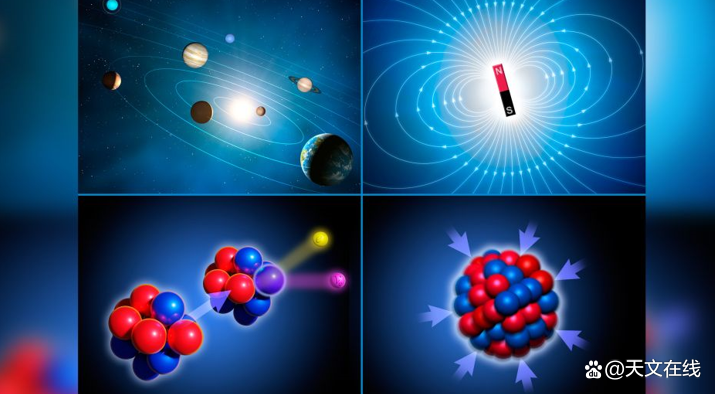
(Picture source: Mark Garlick/Scientific Photo Library provided by Geti)
Four quarks or a triangle?
Back in 2015, the scientist of the "Lenan" experiment acemanently analyzed the collision of 50 million copies and found a very interesting signal. After these collisions, there were less than 1%of new particles. Scientists call this new particle "A1 (1420)", and originally thought it was a new four quark combination -four quarks. However, this four quarks are unstable, and soon transform into other things.
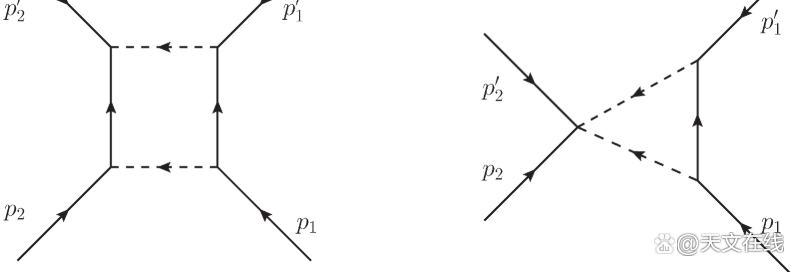
Generally, Quark appears in three groups (formed protons and neutrons), or in pairs (formed mesons), so four quarks are a major discovery, and the combination of four quarks is really difficult to find.
However, a new analysis report published in the "Physical Review Letters" in August proposed a more weird explanation. The collision of all these mesons did not temporarily form a new four quarks, but produced something unexpected: the legendary triangle strange point.
Finally talked about the triangle strange point
The following statement comes from scientists who write this new analysis report. The meson is split and split after the hydrogen atom, and all powerful energy produces a large group of new particles. Among them, there are K inter-agency, which is still another Quark-Anti-Quark combination. What is very rare is that after the two K inter -agents were generated, they started to run each other. In the end, those K inter -agents will transform into other more stable particles. But before that, those K inter -agents would exchange a quark of each other to change themselves in the process.
It was the short quark exchange between the two K intermediaries that simulated the signal of the four quarks.
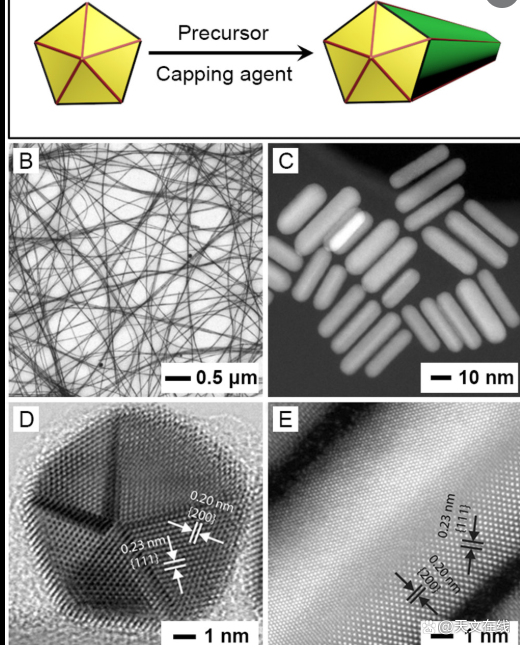
Kaizer said: "The particles involved in the process exchanged Quark and changed their 'identity'. The signal that subsequently generated seemed exactly the same as the signal from Sikka." The member of the basic interaction group (TransdiscipLinary Research Area "Building Blocks of Matter and Fundamental Interactions".
If you draw the respective routes of the particles after the initial impact, you can see that this pair of K intermedoires form two fulcrum. The name of the name of the triangle.
Physicists predict that the existence of the triangle is more than half a century, and this experiment is the closest to the actual observation of the bougainvillea in all experiments. But this is still not easy. The process involves a new model of the triangle strange point. Its parameters are less parameters than the four quark models, and the data is better fitted. But this is not decisive, because the original four quark models can still explain data.

So this will be a very interesting idea. If this idea is reliable, it will become a powerful tool for detecting strong nuclear forces, because the appearance of the triangle is due to our prediction of strong understanding, and this prediction has not been fully tested.
By: Paul Sutter
FY: RedBeard305050
If there is related content infringement, please contact the author to delete after the work is released
Reprinted, please obtain authorization, and pay attention to maintaining integrity and indicating the source
- END -
This call must be answered!Rest assured!Don't hang up!

The reporter learned from the Ministry of Industry and Information Technology on t...
This unfamiliar phone number has to be answered!
The reporter learned from the Ministry of Industry and Information Technology on the 23rdThe Ministry of Industry and Information Technology launched the anti -fraud business card service for the pu